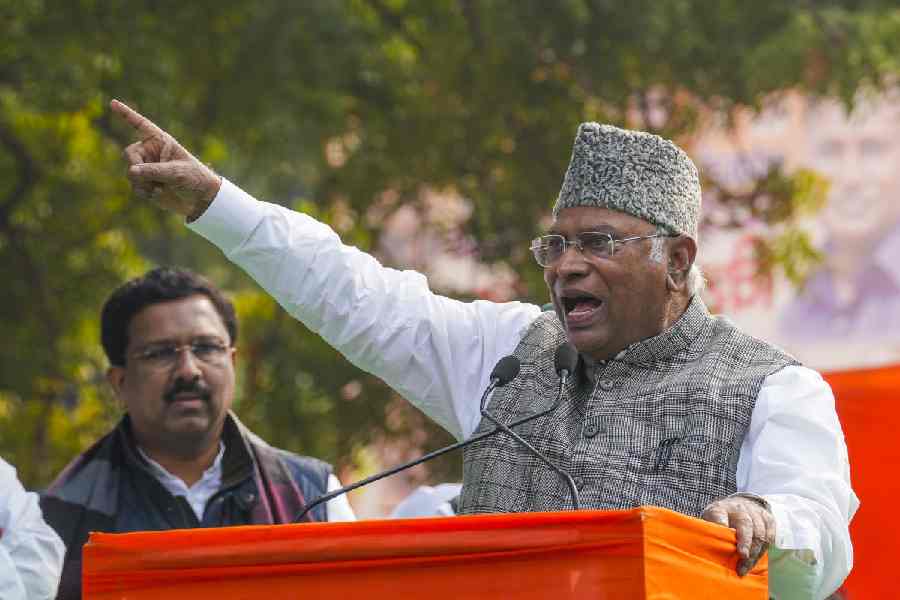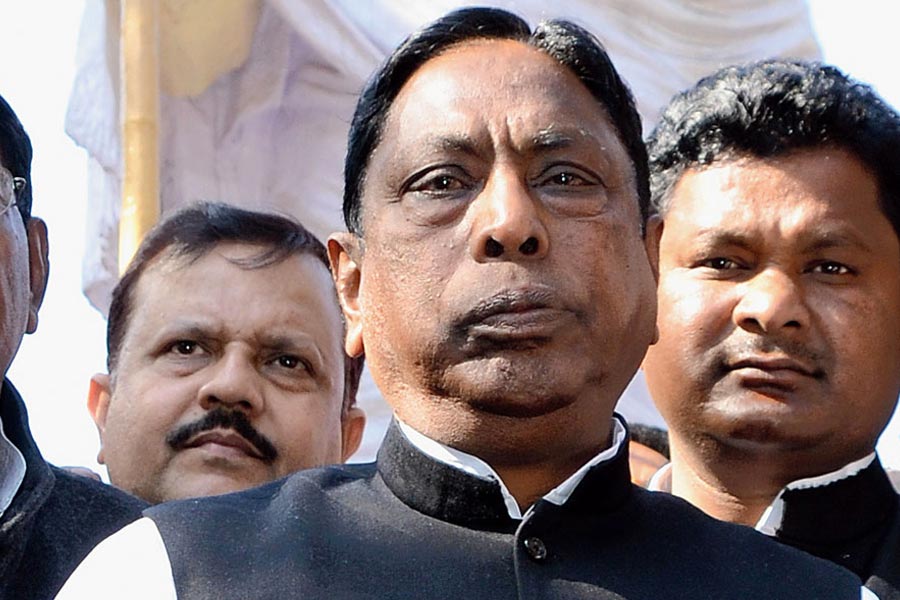Confidence Trick
The Union budget has become the vehicle of economic policy announcements which go much beyond a statement of the government?s accounts. The unseasonal monetary policy announcement that followed soon after the budget presentation is an example. With interest rates allowed to be determined by conditions of monetary demand and supply, the Reserve Bank of India, obviously at the behest of the government, has decided to reduce the bank rate, the repo rate and the cash reserve ratio. These are clear signals of an expansionary monetary policy, with the expectation that commercial banks will reduce their prime lending rates and boost credit offtake, while stimulating economic activity. This set of measures may have been a response to the concern expressed by a number of industrialists that interest rates remain too high for new investment activity.
The RBI?s 1998-99 slack and busy season policies had been optimistic about growth prospects with distinct features of an expansionary monetary policy which would enhance the flow of credit to the corporate sector. The RBI had also reiterated the need to keep the bank rate stable and not tinker with CRR in the short run, the repo rate being the favoured short term monetary management instrument. The past year has witnessed an alarmingly low rate of growth in the industrial sector, despite significant rise in credit offtake, and a growth of broad money which went beyond the RBI?s targets. The rise in money supply was faster than the rise in credit, though this did not result in lower interest rates. Basically, the growth of credit demand and supply was not explained by other macroeconomic indicators of the economy. Therefore, banks have either gone in for more project exposure, or bank credit has facilitated the growth of the services sector which is not captured by the index of industrial production or commodity trade statistics. The current round of monetary policy announcements reflects a change in the RBI?s position about the timing of policy announcements. It also appears unduly optimistic, given the experience of the year 1998-99, that the measures will lead to a significant fall in short term interest rates, and that economic activity in the industrial sector will be stimulated.
The crux of the problem of revitalizing the industrial sector lies in boosting investor confidence and stimulating demand. With public investments on a declining trend, private investment (both domestic and foreign) has so far failed to fill the gap created. The availability and cost of credit have certainly not been the main constraints. In this regard, the economy has to witness the actual commencement of some major investment projects, especially in the infrastructure sector. It should also be kept in mind that in infrastructure, finance is less of a problem than the absence of a stable, transparent regulatory framework coupled with long term confidence of investors. The budget along with the RBI?s announcements reflect a strong dose of optimism about the prospects for economic growth. Business and industry, at least in the short run, appear to be happy with the policy announcements. The government has also given some signals about the process of economic reforms being carried through. Nobody appears to be unduly worried about the validity of some recent official statistics and changes in accounting conventions. However, undue optimism and cosmetically polished statistics may not be the recipe for real production of more apples and oranges.
 Tuesday, 07 May 2024
Tuesday, 07 May 2024









